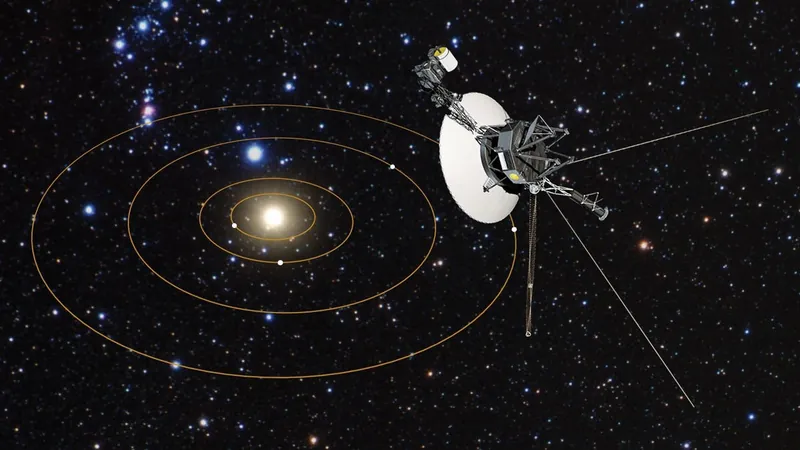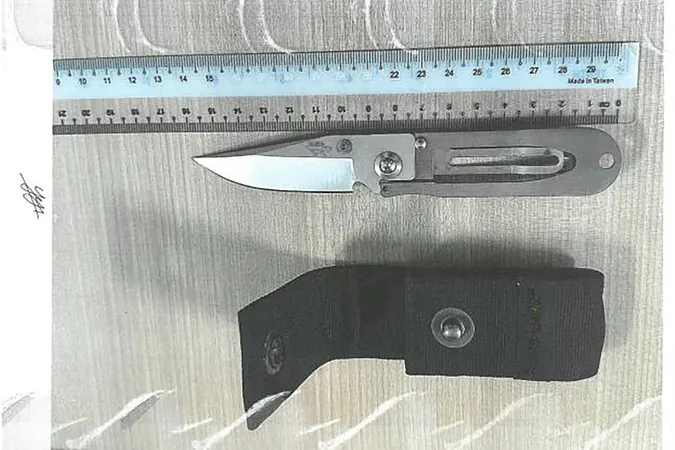
Voyager 1: The Pioneer of Space is Facing a Slow Demise 15 Billion Miles From Home
2024-09-17
For nearly half a century, Voyager 1 has been on an extraordinary journey, travelling a staggering 15 billion miles from Earth. This brave spacecraft has explored the farthest reaches of our solar system and beyond, giving us invaluable insights into the cosmos. However, as it ventures further into interstellar space, serious challenges threaten its mission.
NASA's Jet Propulsion Laboratory (JPL) has been closely monitoring Voyager 1 as it ages. One of the critical issues at hand is the deterioration of a rubber diaphragm within the fuel tank. Since 2002, engineers have been aware of blockages forming in the probe's thruster fuel tubes due to silicon dioxide leaching from this aging diaphragm.
Voyager 1 is equipped with three sets of thrusters, allowing for versatile maneuvering: two for attitude control and one for trajectory adjustments. Initially, NASA ingeniously switched thruster sets to circumvent the clogging issue. However, by 2018, the alternate fuel tubes were also compromised, leading to a subsequent switch to the final set of thrusters.
Just this year, the power flow through the last set of thrusters became significantly restricted. Fortunately, while complete fuel flow was not lost, the situation compelled NASA to plan a swap back to another operational set of thrusters—a complex maneuver requiring careful execution and timing. Each adjustment requires not just a press of a button but meticulous planning and engineering expertise.
Adding complexity to the spacecraft’s situation is the matter of power supply and temperature. Voyager 1’s power is generated by decaying plutonium, and to conserve dwindling energy, NASA has turned off non-essential systems, including heaters. This decision has led to dangerously low temperatures aboard the spacecraft, risking damage to essential systems, including the cold thrusters needed for critical spacecraft maneuvering.
Engineers were initially faced with the daunting task of potentially shutting down a scientific instrument to allocate power for heating the thruster, which could lead to permanent loss of that scientific capability. Luckily, NASA found an alternative solution, successfully heating the necessary components without sacrificing any science instruments. The tentative thruster swap on August 27 was executed successfully, allowing Voyager 1 to maintain its critical communication systems.
As the probe continues its mission—a remarkable achievement considering its launch in 1977—its fate hinges on the continuing functionality of these thrusters. They are vital for maintaining the spacecraft's orientation so it can keep its antenna directed towards Earth to transmit data.
Voyager 1's significant milestone of 50 years in operation is approaching, and if it can make it through the next three years amidst these technical trials, it would mark a groundbreaking achievement for space exploration. This lingering determination to communicate and extract scientific data from further afield is a testament to human ingenuity and the relentless spirit of discovery. Voyager 1’s saga, laden with challenges and triumphs, remains a sparkling example in the history of astronomical exploration. Stay tuned as we monitor this incredible journey!




 Brasil (PT)
Brasil (PT)
 Canada (EN)
Canada (EN)
 Chile (ES)
Chile (ES)
 España (ES)
España (ES)
 France (FR)
France (FR)
 Hong Kong (EN)
Hong Kong (EN)
 Italia (IT)
Italia (IT)
 日本 (JA)
日本 (JA)
 Magyarország (HU)
Magyarország (HU)
 Norge (NO)
Norge (NO)
 Polska (PL)
Polska (PL)
 Schweiz (DE)
Schweiz (DE)
 Singapore (EN)
Singapore (EN)
 Sverige (SV)
Sverige (SV)
 Suomi (FI)
Suomi (FI)
 Türkiye (TR)
Türkiye (TR)